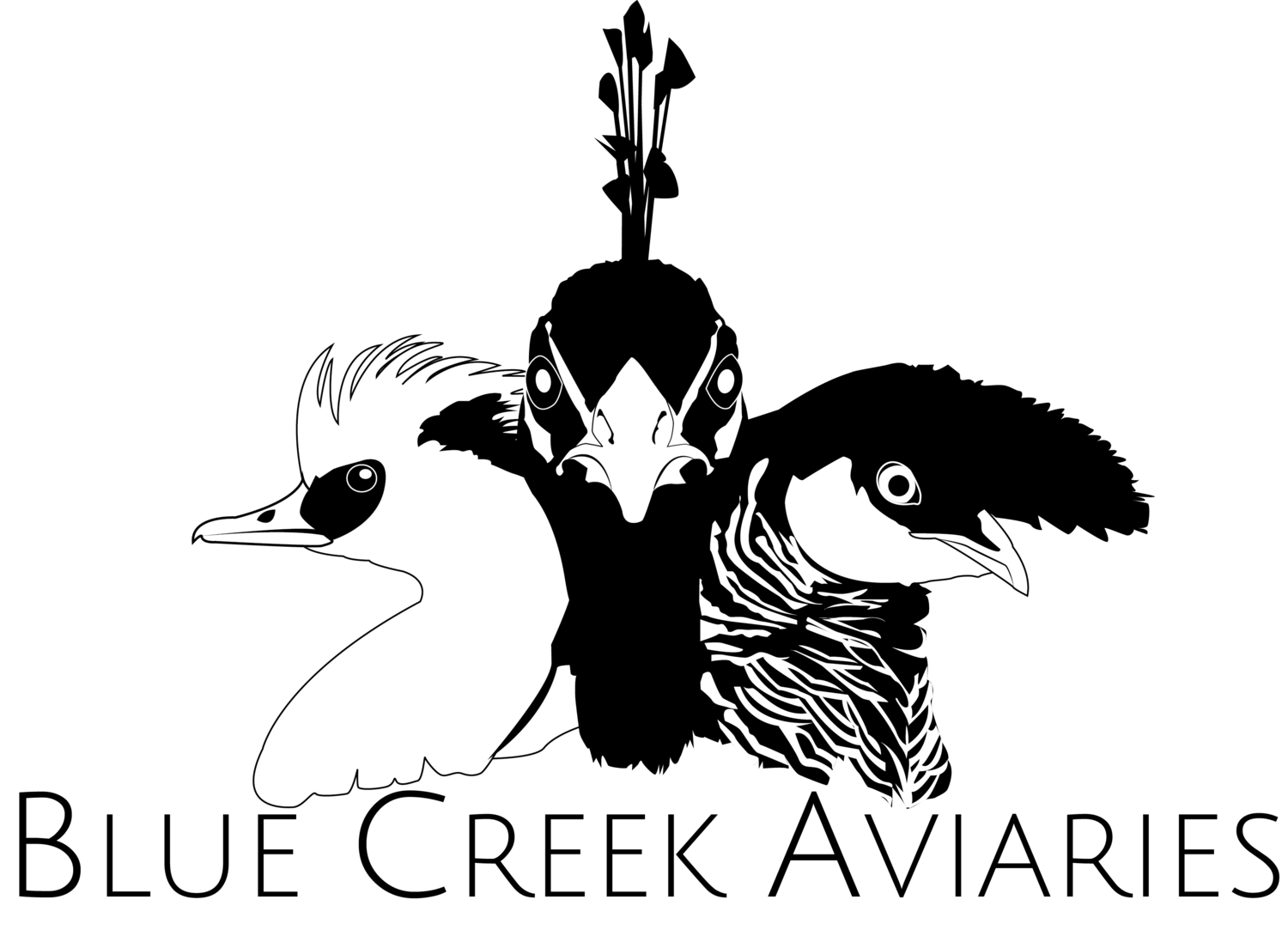Baer's Pochard
Baer’s pochard (Aythya baeri) are diving ducks that are native to eastern Asia, where they breed in northeast China and southeast Russia. The drakes have a black head with a greenish hue, a chestnut-brown breast, white underparts, a dark back and neck, white and chestnut-brown flanks, and light blue eyes. The hens are an overall brown color, with a white underside and flanks. Both sexes have grey bills and a white band on their wing.
Baer’s pochard have been classified as Critically Endangered by the IUCN in 2012 due to an acceleration in the decline of their population. There are an estimated 150-700 individuals left in the wild based on recent data. Baer’s pochard suffer from hunting threats and wetland destruction. They are listed on CMS Appendix II and are legally protected in Russia, Mongolia, and certain provinces of China. Regardless, these ducks are in dire need of attention. Although scarce in captivity, Baer’s pochard are available to aviculturists to establish a breeding population in captivity, as they are not a particularly challenging species to raise. The conservation of Baer’s pochard is today’s project—it cannot be put off for the future. I thoroughly enjoy this species and would recommend them to others with some duck experience.
I would like to give a shout-out to some of the major collections breeding Baer’s pochards in the U.S., such as Sylvan Heights Bird Park, Pinola Conservancy, and Livingston Ripley Waterfowl Conservancy. I would also like to thank everyone else in the private sector who is taking part in the preservation of this species.
